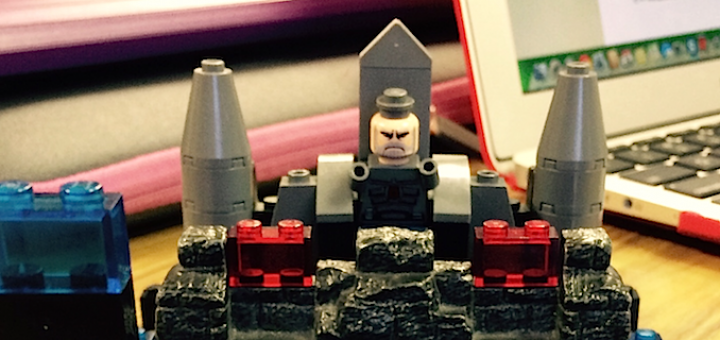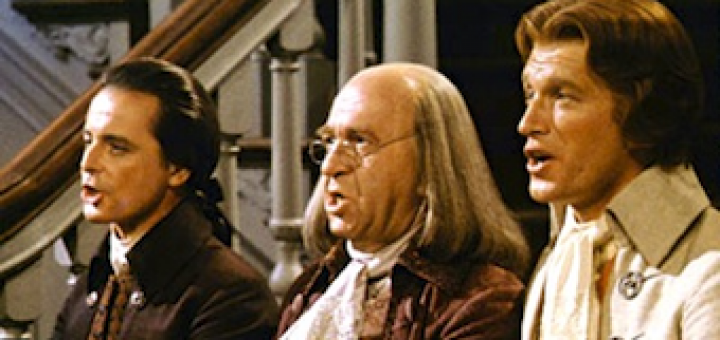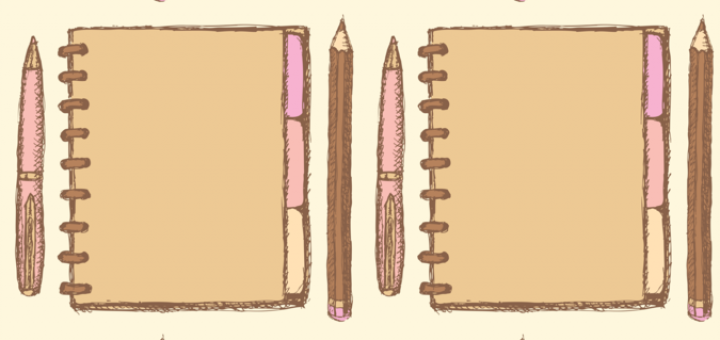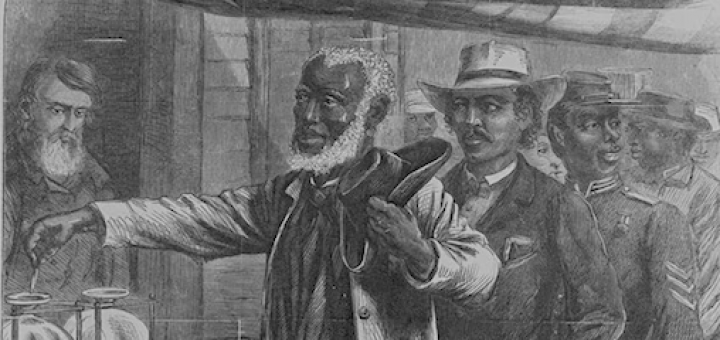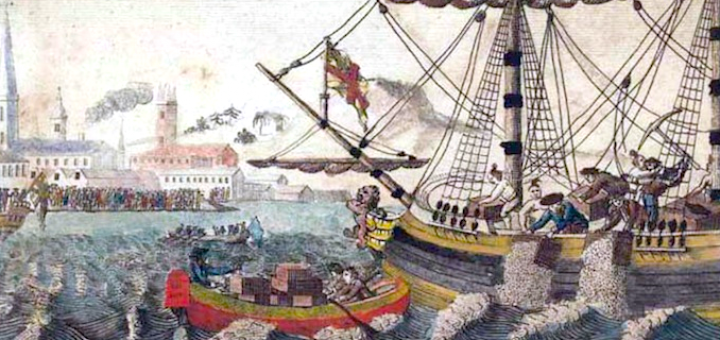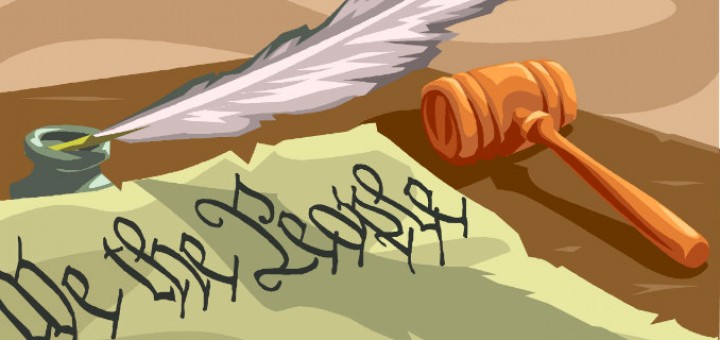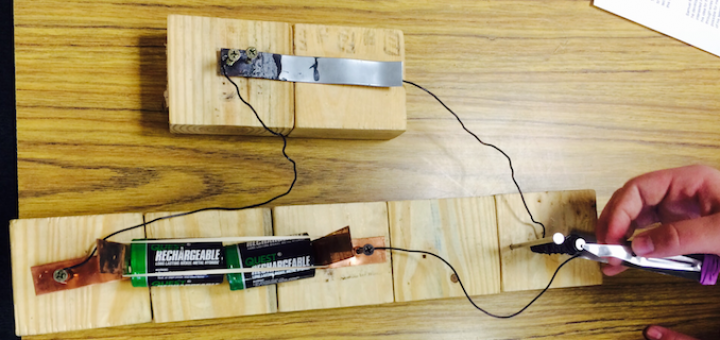Category: Future of History
Last year Jody Passanisi concluded that her go-to lesson on types of government no longer gripped students’ attention. Here she evaluates the successes and challenges of a redesign: lots more student ownership, but is there enough understanding at the end?
After watching a music video parody by history educator Mr. Betts, Jody Passanisi’s 8th graders begged to create their own parodies using American History topics. The resulting lyrics effectively synthesized the content and ideas they were studying.
Reading comprehension is a primary goal in Aaron Brock’s middle school history classroom. Building on last year’s annotation experiments, Brock has adapted the familiar 5 W’s strategy to help students pay closer attention to the meaning behind the words. It’s working.
When our social studies bloggers planned their U.S. History curriculum, they made sure to add contemporary music. The lyrics of rap and country decontextualize historical themes and let students make connections tying the past to the present.
Social studies teacher Aaron Brock prefers to limit lectures to five minutes in his eighth grade inner city classroom and then shift to cooperative learning activities – giving as much attention to research skills as specific history content.
Pressed for time at the end of the year but determined to engage her history students in the post-Civil War era, Jody Passanisi turned to a pre-made lesson from SHEG. Before long her students were debating the impact of Reconstruction on American history.
New ideas can improve the curriculum and teaching strategies of history educators, but that doesn’t have to mean throwing out the old to experiment with the new. What to keep and what to add? Our history bloggers share some helpful criteria.
In Making History Mine, Sarah Cooper shows how teachers can help students answer the age-old question: Why should I care about all this stuff? Cooper’s pedagogical approach “leads us down a path that helps our students make these stories come alive.”
We want our students to read, comprehend, and analyze text. During the past school year, history educators Aaron Block and Jody Passanisi tried annotation as a learning strategy. Here they recount how it went in the two diverse schools where they teach.
Students in Jody Passanisi’s inquiry-driven Civil War technology unit see the value of grit firsthand as they attempt to build a simple telegraph. After some setbacks, the messages travel the wires, and the kids get a taste of self-efficacy. The teacher’s challenge: Letting them struggle.

